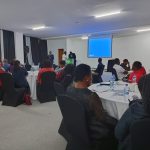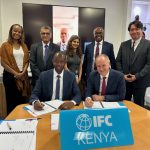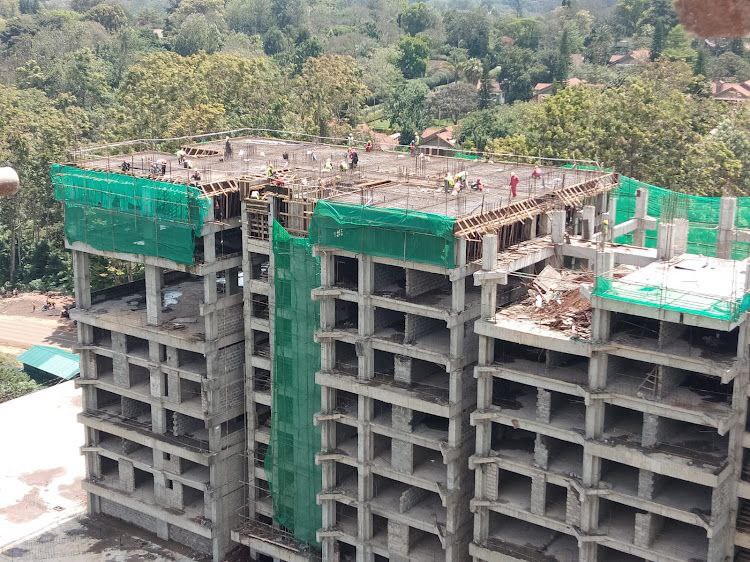Availing affordable quality healthcare when required, to all the citizens is every government’s desire. Unfortunately, resources can be a limiting factor due to competing needs of the country. Governments continue to seek ways of making Universal Health Coverage (UHC) a reality, especially in finding the most credible financing mechanisms. Jayesh Saini says that using available data on search factors as disease patterns, population and health facilities distribution is one of the strategies that governments can use in designing mechanism for funding and distribution of services to all. Unnecessary allocation of resources would be curbed as they would be distributed based on the need of a region. Factors that affect a people group for example can be weighted and a DRG package with its fixed payment rates created which would be accessed for all including the indigent. Though the collection of data and computation may be complex on the onset, once this is achieved the system would be almost flawless and easy to manage and plan for finances. Any required parameters would be added along the way with clear stop gap measures to ensure no loopholes are created and if any is detected it is closed.
It is a common opinion that by and large “free” is a word that should be discouraged from the population, noting that generally most people tend to abuse, misuse and not take care of things that are given for free, noting that what is considered free has cost someone else and any untoward treatment of the same has negative repercussions.
Talking about how the indigents or the poor or jobless can be involved in healthcare funding for example, he said that the government, in partnership with the stakeholders in the private and public sector should create avenues where for example in a set population, the indigent are engaged in an economic activity of which they would then be enrolled for payment of the government social covers. For example, when the youths are engaged in “Kazi kwa Vijana”, out of the daily rate payable, the government can deduct a minimum amount towards their health. This teaches them how to save and prioritize usage of their incomes. Another way this can be done, say in Kenya, is that instead of taxing people further, the government can introduce a system where for every tax collected e.g. through shopping, airtime purchases or usage, mobile banking etc., a fixed figure, say 2 shillings would go specifically towards UCH. This is a welcome public participation in healthcare delivery and use of resources. When the population is involved, they “own” the project and the chances of its success has been proven to be very high and the government will have found ways of allocating the limited resources to all. This innovative aid a long way in addressing the evidenced health disparities while creatively and with less strain on the taxed involve the citizenry and giving the private sector opportunities to go an extra mile without having to pay heavy burdens and yet impact greatly.





















